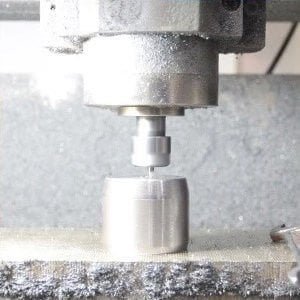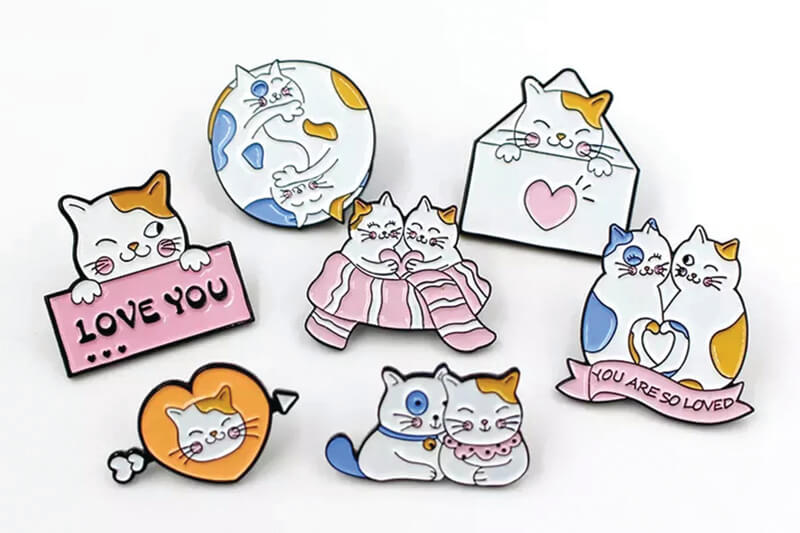How a Pin Maker, like Cheap Lapel Pins Factory, to Make a Hard Enamel Lapel Pins?
Process: Copper stamped with cloisonne / hard enamel
Material: Copper
Enamel: Cloisonne / Hard Enamel
Thickness: Thickness is various depending on the size of the design.
Plating: Gold / Antique Gold / Silver / Antique Silver / Nickel / Black Nickel / Antique Nickel / Copper / Antique Copper / Brass / Antique Brass
Epoxy coating: Without
Attachment Various
Color reference: Color Chart
STEP 1 Molding
Today this process has been developed by molding the copper surface to form the ‘cloisons’.

STEP 2 Outline Cutting
* Cutting molds are made separately, then cut to the exact outline of the design. * Outline cutting molds may be required depending on the complexity of the design. * If a center hole or cut-out is required, an additional cut-through mold must be used.
STEP 3 Coloring
Enamel is composed of glass-like material combined with metal oxides and clay into the fine powder. The cloisonne powder cannot be mixed like paints or soft enamel, as each color returns to its own shade after heating.

STEP 4 Firing
Colors are fired one at a time at 1,600F for two to four minutes to stabilize the enamel and prevent color bleeding.
STEP 5 Stoning & Polishing
* Each piece is fully cooled. * Finishing is by rubbing the surface with a carborundum stone until all excess color has been worn away. * Surface then polished until smooth and shining.

STEP 6 Attachment
Attachment is soldered onto the back of each piece.
STEP 7 Plating
Plating now can be processed. The quality of plating varies with the length of time the metal is soaked in the plating liquid. Click on the link to see the different plating colors available for this process
STEP 8 Inspection & Packing
All items are strictly inspected before delivery. Customer’s satisfaction is guaranteed!
* Bolder designs are recommended in order to prevent any unsatisfactory coloring caused by lines and figures that are too thin or too small and will require an additional silk-screen printing process.
* General enamel coloring requires a surrounding metal space to ensure good quality painting results. Therefore it is usually necessary to allow for a blank metal rim (0.3mm minimum). If you require full-piece coloring, a special printing process is necessary.
* The standard colors are based on the AOKI Cloisonne color chart. For those who prefer Pantone colors, synthetic/ imitation enamel can be used instead. However, this is not as hard as real Hard Enamel but more shiny and clear in color.





